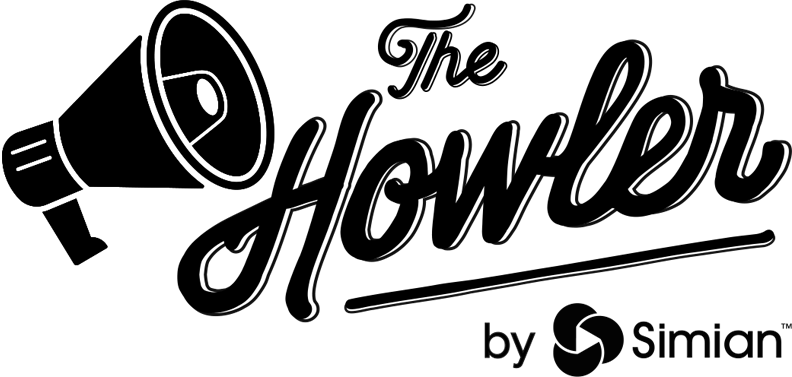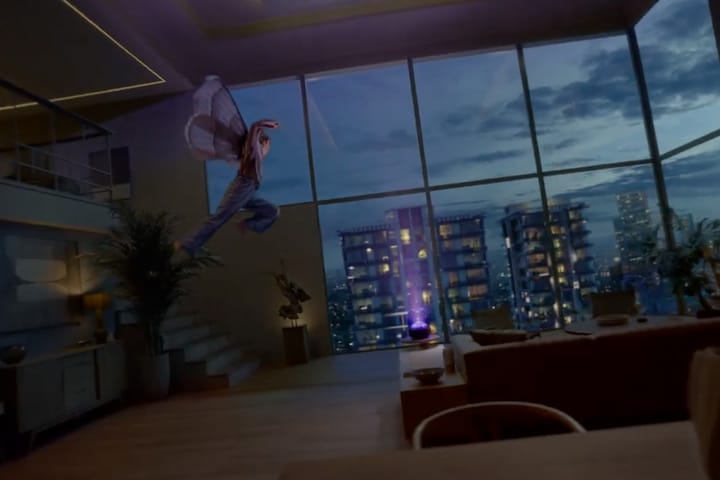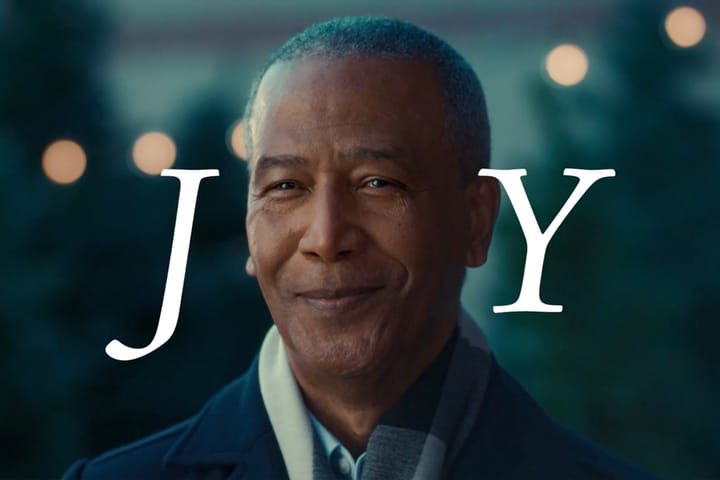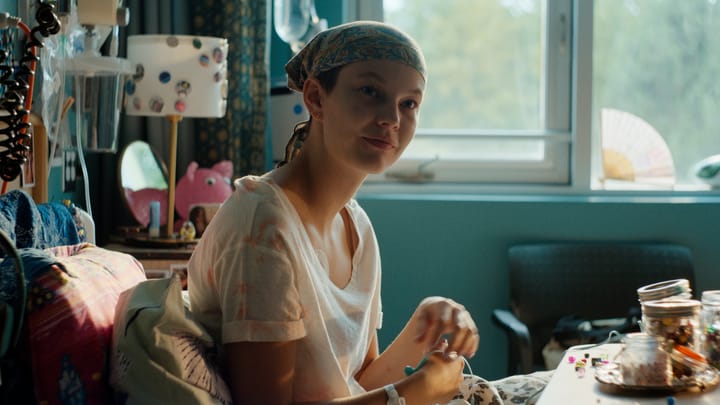Boomshot Editor Tommy Button on Picking Up the Pace
With stellar commercials to his credit, the former Crew Cuts editor talks about moving into the fast lane of action-sports content.
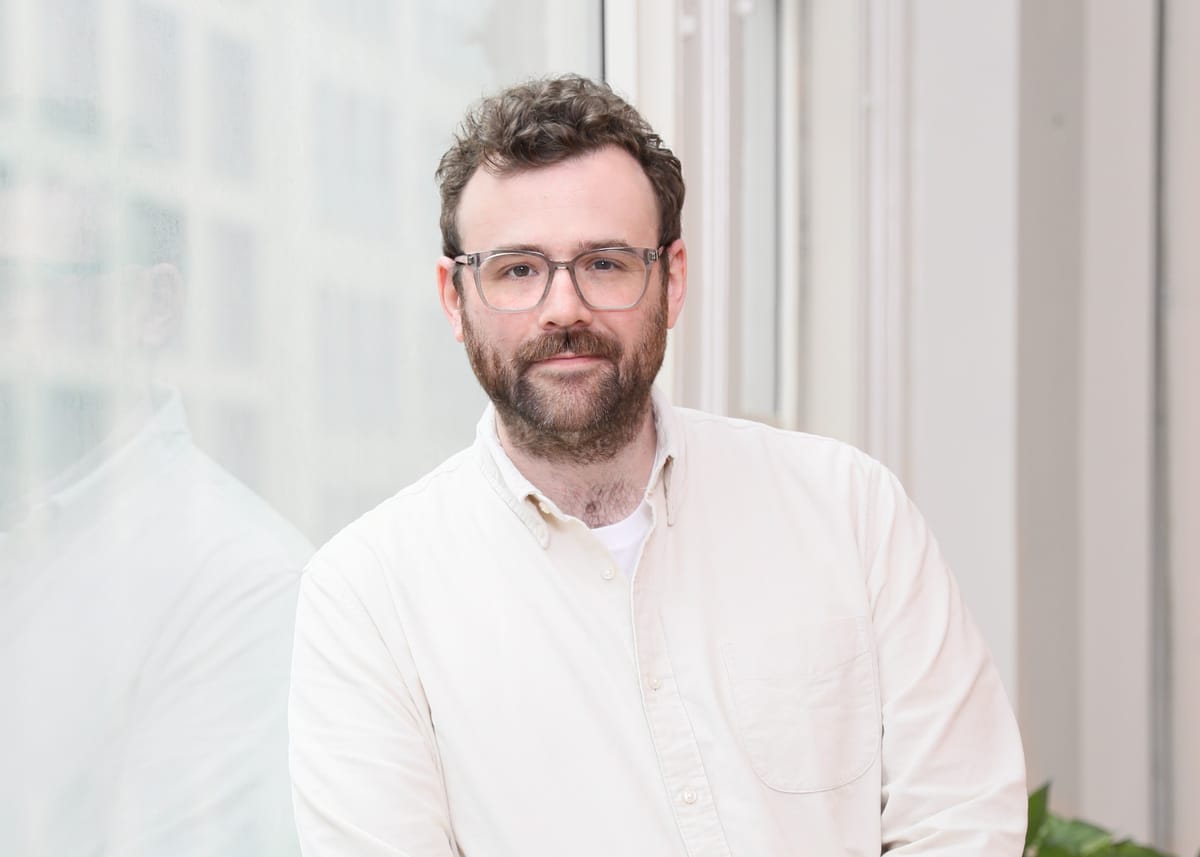
By Anthony Vagnoni & Chandler Atton
Editor Tommy Button – yes, we know, that's a great name for an editor – has a background firmly rooted in TV commercials, but don’t let that fool you. Since moving from the legendary New York creative editorial boutique Crew Cuts (now known as The Post Crew) to Boomshot in 2022, Tommy’s work has morphed from top-shelf commercials (many with a bent towards comedy) to fast-paced, action-packed content for brands like NASCAR, the United States Tennis Association, Fox Sports, the SEC Network, FanDuel and many more.
Boomshot, which launched in 2016, was founded by sports freaks who know what these high-speed brands need to stay entertaining, relevant, and persuasive. Its work ranges from brand tie-ins with sports programmers to promotional spots driven by real-time sporting events and fans’ insatiable thirst for the most awesome plays, shots, and scores available.
The Howler pinned Tommy down recently to talk about his transition from scripted commercials to the land of sports and promos. An NYU grad who’s hooked on stuff like “The Simpsons” and New York Knicks basketball (trust us, it takes guts to be a Knicks fan), he likes to think his work passes what he calls ‘the bar test.’ Read on to see just what he means.
You came out of cutting commercials at Crew Cuts, a legendary advertising creative editorial house. What’s the biggest difference between that experience and the kind of work you’re doing now at Boomshot?
Tommy: I’ve had to become much more of a Swiss Army knife here. Things move so fast that on any given day, I might be the offline editor, online editor, assistant editor, and even a bit of a creative director all rolled into one. We might have a NASCAR spot ready to ship, but then something wild happens during Sunday’s race, and suddenly we need to work that moment into the cut. The quickest solution is often for me to just dive in, figure out what I can do with what I have, and get some options together. At that speed, trying to wrangle everyone for a big meeting on how to handle it could potentially cost us the deadline.

Are there any changes to the editorial process when working on action/sports content versus commercials? One seems to be more spontaneous in terms of capture, and less predictable, while commercials tend to be tightly scripted. How does this impact your editorial choices and decisions?
Tommy: Any spot starts by watching every single frame. But with something more scripted, I usually have a pretty good idea of what I’m looking for, because there’s a clear vision from the agency, client, and director. So, I’m trying to honor that plan while still finding places to bring my own point of view.
Action or sports work is a little more like documentary editing. There’s an idea of where we want to end up, but how we get there is wide open and often dictated by the footage. A real moment, or something unexpected, will jump out, and I’ll try to build the piece around that. The fun (and the challenge) is I never know what that moment’s going to be until I find it, so the edit becomes more about discovery than interpreting or following a script.
Football, stock cars, tennis, everything it seems but pickleball – do you have a favorite sport when it comes to the kind of stuff Boomshot does? If so, what makes it appealing for you as an editor?
Tommy: I’ve loved basketball since I was a kid, and as an editor, it’s such a fun sport to cut because it moves fast and there are always great highlights to work with. But I really love how personal it feels. With no helmets or gear covering the players' faces, you see every emotion play out. That raw expression adds so much to the story and makes the footage really engaging.
Across the board, there’s a high level of entertainment value in the work that Boomshot puts out, whether you’re promoting studio shows or brand tie-ins with leagues. How does that influence your approach to the work?
Tommy: At the end of the day, we all just want to be entertained, don’t we? Advertising is becoming an increasingly crowded space, and I want Boomshot’s work to hold its own next to any other commercial that airs beside it. I think the “bar test” is actually a pretty good way to think about it, because you can find a lot of our stuff actually running in noisy sports bars. So I think a lot about how to visually engage people quickly and keep them watching.
When you were coming up at Crew Cuts, what sort of future did you envision for yourself as a commercial editor? What made you switch gears, so to speak, when you joined Boomshot?
Tommy: What really drew me into this business in the first place was the vibe at Crew Cuts and the feeling that the editors and clients were all in it together. It was what I loved most about film school – just making cool stuff with people I genuinely liked being around. So when I pictured my future as a commercial editor, that was really the dream: surrounding myself with people I respect, admire, and enjoy working with.
By the time Boomshot came along, I’d already worked with a lot of those folks, so it didn’t feel like a big switch. If anything, it just felt like the natural next step in continuing to create with people I trust and love working alongside.
How closely involved are you with the shoots on Boomshot projects? Do you go on set, or work with the director to make sure you’re getting the coverage you need? Describe the ideal process.
Tommy: I really don’t spend any time on set, to be honest. Not that I don’t want to, and I’d be happy to if it would help, but I understand there can be a lot of cooks in the kitchen on some of these projects. I’ll toss in my two cents during pre-production if I think it’s warranted, but I trust the people I’m working with are going to do a great job. I try to stay as flexible as possible, so the ideal process is one where I can focus on my role in a way that supports the whole team and keeps things moving smoothly.

You've assisted some great editors. Do you have an assistant working with you now? How do you feel the process of apprenticeship that has been the legacy of editorial work has changed over the past few years?
Tommy: We have a great assistant editor at Boomshot, Kemp Taylor, who is a Swiss Army knife in his own right. And I did get to work with a lot of great editors, but I spent probably 95 percent of my time assisting just one, Bill Cramer. That setup gave me the chance to really learn the craft, understand how to work with clients, and grow into my own style. I don’t think I would’ve gotten the same opportunities without that kind of mentorship.
These days, it feels like there’s less of that one-on-one dynamic. Assistants tend to bounce around more, helping out wherever the need exists. I totally get it, but I do think there’s a lot of value in being able to learn hands-on from one editor and their world. It gives you a clearer path to grow into the role yourself.
Are you using any generative AI technology in your workflow? How do you see this impacting creative editorial work most directly? If you had to make a prediction, where do you see all this going for editor?
Tommy: I use some AI tools here and there, but mostly for more practical things like cleaning up archival footage or audio—not really to generate something out of thin air. I think the AI era is just a new age that editors have to adapt to, like going from film to tape to digital.
I do think the biggest push of AI-generated content is most likely going to come from these huge corporations, where the bottom line is the deciding factor 99 percent of the time. But hopefully, they will realize the human touch is more impactful.
Check out some of Tommy's work for USTA and NASCAR here:
Showreel powered by Simian
